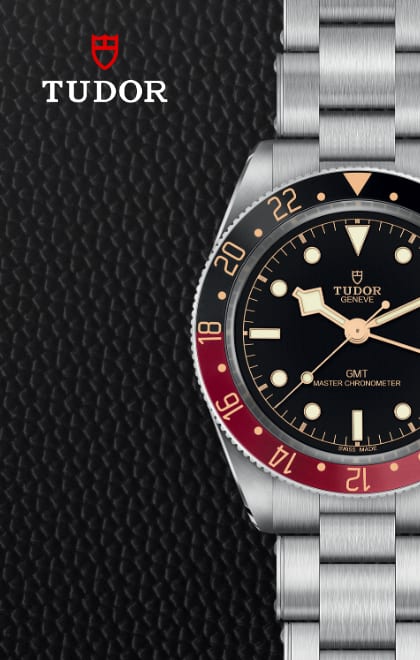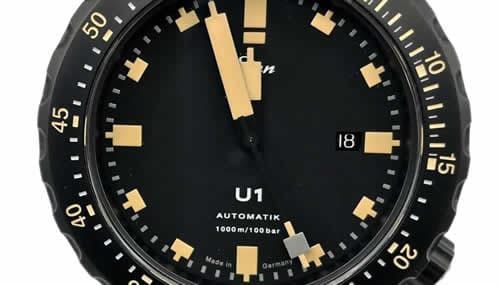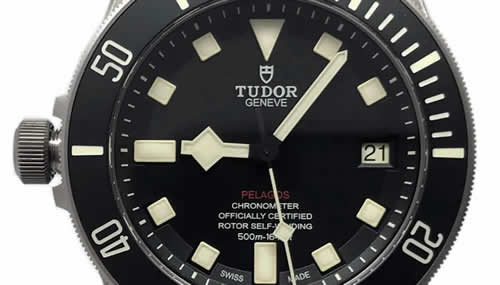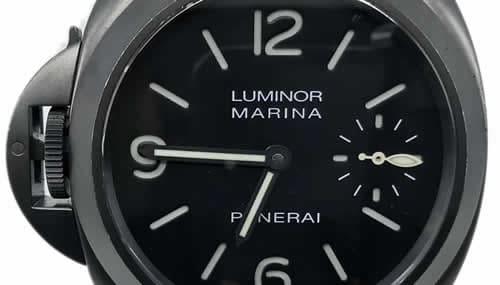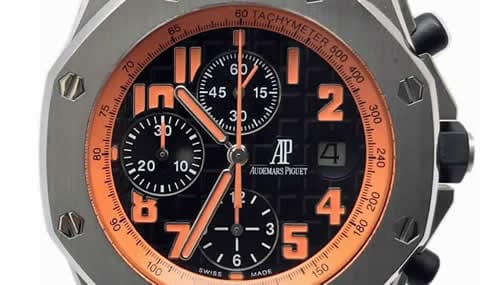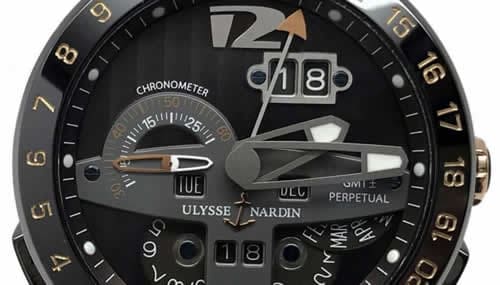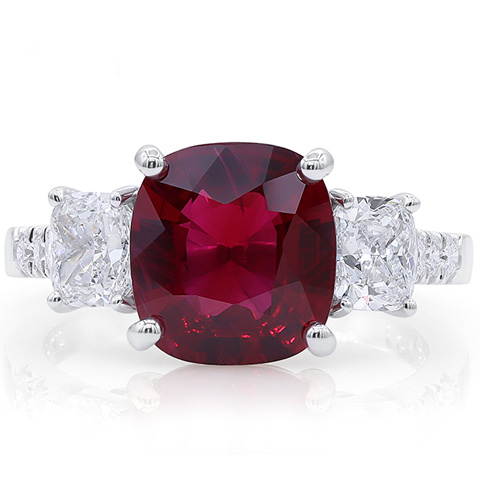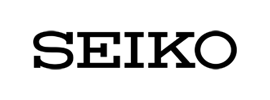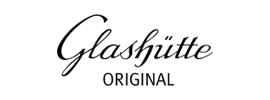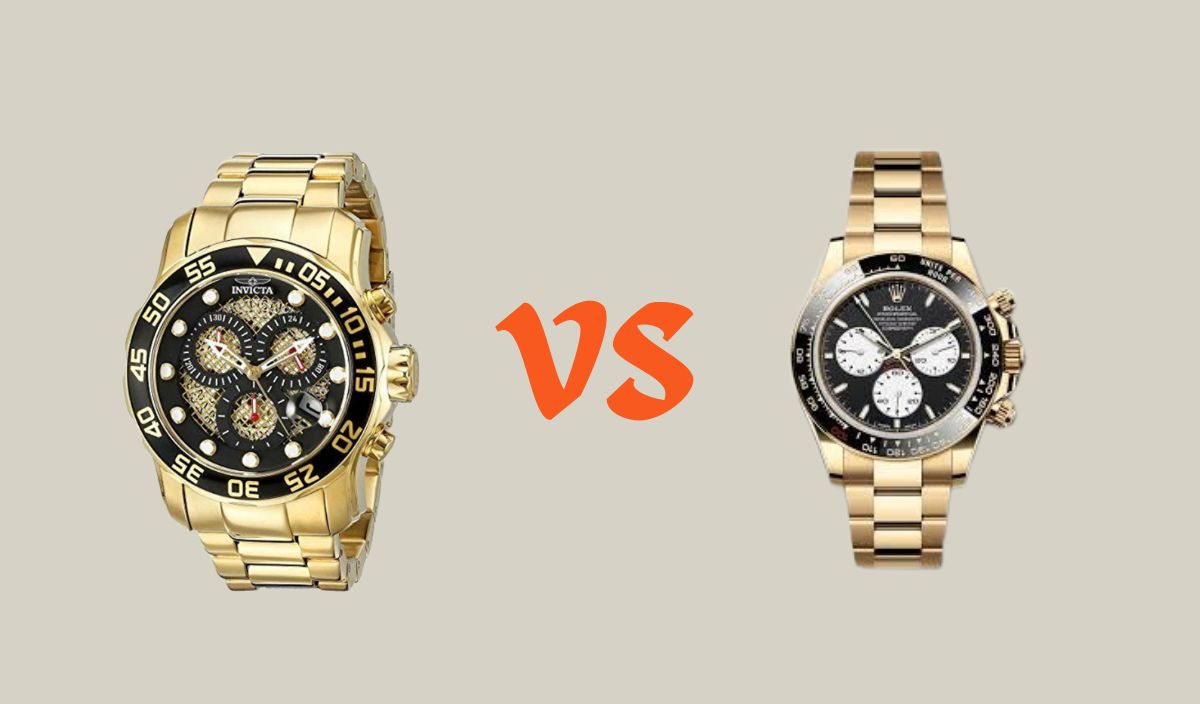
Is It Fair to Compare Invicta With Rolex? Let’s Find Out
For fans far and wide across the globe, Rolex watches are the epitome of everything a grail watch should be. Quality craftsmanship, iconic codes of design, and in-house mechanics.
Can most of us afford one? No. It begs the question, how good is Invicta compared to Rolex, and can its watches quell the desire for a grail watch, even if only until we can afford that platinum Daytona? Let’s see…
The burning question that gets in the way of determining a clear-cut winner when it comes to the Rolex vs Invicta debate is, “Are Invicta watches any good?” It’s the million-dollar question because we already know that Rolex is a good brand.
Indeed, the proof is in the pudding with a Rolex watch. The brand produces classic models that never fail to capture the hearts (and wallets) of nations with their exceptionally well-built designs.
Whether you have the money to buy a Rolex is another matter. And unless you’ve recently discovered abundant oil reserves in your backyard, you’ll unlikely have the finances to buy more than one. Instead, affordable alternatives are the reality for most of us.
Even serious Rolex collectors will admit they have a cheap daily “runabout” watch for yard work. So, could an Invicta be “that watch”? Could it even suffice as a work watch?
A Monday through Friday kind of companion? Could it be the tool watch you’d rather wear because you don’t want to prang your gleaming gold Rolex up?
Before we go any further and compare these two brands for factors like craftsmanship, quality, and design, let’s recap on each brand’s standout features.
Some Quick Facts About Invicta Watches
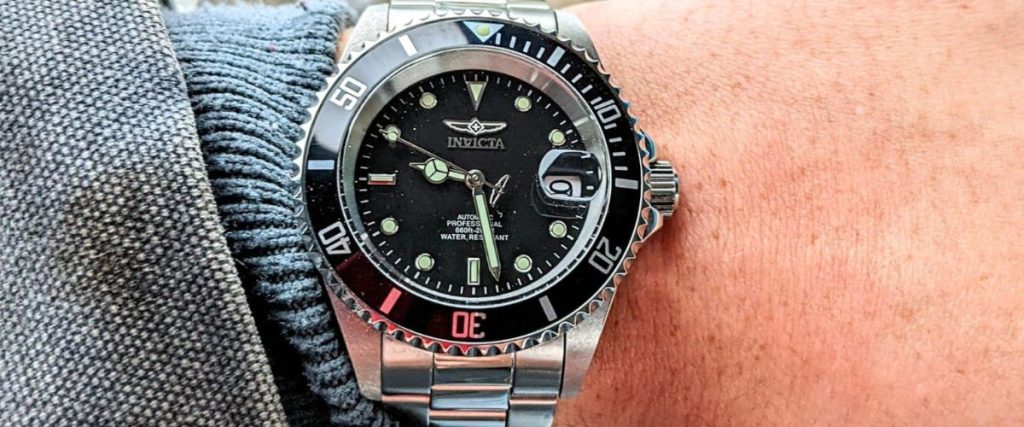
Interestingly, Invicta started as a Swiss brand but has also earned its place amongst some of the most reputable American brands, too. Why, you ask? Well, although the watchmaker was founded in La Choux de Fonds, it later moved to Hollywood, Florida, after being sold to an American family after the Quartz Crisis.
The relocation of the brand’s headquarters to the US and its growing popularity in America during the 1990s made it particularly affordable. Then, in 2000, Invicta began making its own proprietary movements as part of Technical Swiss Ebauche.
Invicta is a brand that mass produces watches, enabling it to keep prices low, where the differences between this brand and Rolex become more apparent.
As a matter of fact, the accessibility of an Invicta watch compared to a Rolex watch is what makes it somewhat less desirable. Rolex watches are produced in much more controlled quantities to feed consumer demand.
At a glance, there are pros to an Invicta watch. The brand offers a vast range of choices, with over 4000 different designs available, and the fact that they’re so financially accessible makes them fun to wear and collect.
To an extent, I do believe that investing in a cheaper watch subconsciously alleviates any inhibitions you may have about wearing a $30k watch, for example.
On the other hand, Invicta has been accused of being an homage brand. There is nothing illegal or wrong about an homage watch, and it should not be confused with a fake or counterfeit one.
Even so, homage watches appeal to those shopping on a budget, and if you are going to choose an homage Rolex watch, Invicta is one of the best out there.
For some, the Pro-Diver is the closest they’ll ever get to owning a Submariner, and its quality and price certainly aren’t to be scoffed at, either.
Lastly, because Invicta started as a Swiss company but set up home in America, many watch enthusiasts see the watchmaker as nothing more than a fashion brand. Still, there is more to this brand than meets the eye, and if affordability and quality materials are important to you, you could certainly do a lot worse than an Invicta watch.
Some Quick Facts About Rolex Watches
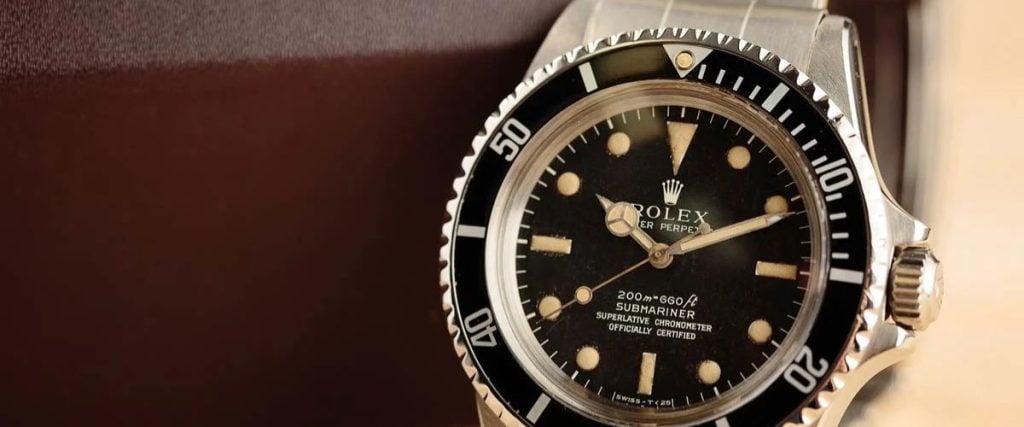
Here’s a plot twist for you. Rolex was not founded in Switzerland. The brand emerged from London in 1905, founded by a German watchmaker living in the UK. Much to people’s disbelief, the name “Rolex” means very little when you break it down.
It wasn’t named after its founder and bears no relevance to the brand’s history. In fact, when creating the name for this brand, all its co-founder Alfred Davies was looking for was a five-letter word that looked good on a dial.
Rolex pioneered the first waterproof wristwatch in 1926. It was named the Rolex Oyster and featured a case design that later became the backbone of every watch to follow.
The brand can also lay claim to several world record-breaking moments, including being strapped around the neck of the first woman to swim across the English Channel and the first watch to reach the summit of Mt. Everest.
The launch of its first self-winding rotor also became a pivotal moment in the watch world in 1931, and the brand has a long list of iconic watches under its belt.
But whether it’s the brand’s ability to create watches that can reach depths of 35,798 meters underwater that appeals to you most or its vertically integrated setup, no one can deny the reputation of this world-renowned brand.
Brand Heritage
Here’s the thing you may not have even expected to read about Invicta. The brand does actually have a history.
And that history stems back to when Invicta was committed to manufacturing everything from elegant calendars to complicated pocket watches, which explains why some of the company’s vintage models add value and interest to a collection.
Invicta was a family-led company right up until the point it hit financial troubles. This wasn’t unusual for a Swiss watchmaker. In fact, many businesses closed down altogether as a result of the crushing Quartz Crisis.
Those that didn’t do so had to change course and find a way to survive, many of them (including Rolex) producing quartz examples. Invicta is now owned by American brand Invicta Watch Group, which also owns Glycine.
Despite any misconceptions about this brand being a fashion watch company with zero history, it’s pretty plausible that many collectors have uncovered a more profound interest in watches through this brand. Invicta can trace its origins back to 1837, and its name, representing the Latin word for “Invincible,” is a nod to the company’s grit and determination over the centuries.
Although the brand tried to survive the 1970s by manufacturing quartz options, it eventually hit financial difficulty, selling its assets to an American company in the 1990s.
Many don’t realize that Invicta became a leader in the online shopping concept, selling its watches on many different e-commerce platforms and penetrating all corners of the world. From this point onwards, Invicta grew and is now the creator of some incredibly bold, larger-than-life designs. Some of the company’s most famous designs today are the Pro Diver, the Speedway, and the Aviator.
Rolex’s history, however, began with one man’s vision to create a watch with equal elegance and reliability. The brand’s relentless persistence for chronometer precision quickly led to its success, and in 1919, it became the first brand to be awarded a certificate for chronometric precision.
This horological feat was quickly followed by the first waterproof watch in 1926 after the brand relocated to Geneva from Bienne.
A few years later, Rolex mastered the ingenious system of the perpetual rotor, releasing the first self-winding watch. Before long, the brand was discovering ways to showcase the technical performance of the Oyster in different ways, namely in motorsport, aviation, and sports watches. 1945 saw the arrival of the iconic Datejust watch with a date window on the dial.
Its Jubilee bracelet and fluted bezel were immediate giveaways of this unique-looking design, while the 1950s welcomed the brand’s GMT-Master as the height of the transatlantic flight.
The famous Pan Am Airlines became synonymous with the design, its most visual feature being the two-tone bezel with defining night and day sections.
Before this milestone launch, however, Rolex had been making waves in the dive watch world, inventing the iconic Submariner watch in 1953 with a water-resistant capability of 100 meters and a rotating bezel for measuring immersion time against the central minute hand.
The 1960s was defined by the motorsport-inspired Cosmograph watch, which wasn’t actually an instant hit until it was sported on the wrist of Paul Newman. The Rolex Cosmograph Daytona had a tachymetric scale and a chronograph dial that later became one of the brand’s most expensive collectibles.
Between the 1970s and 1990s, Rolex focused on creating exceptionally robust watches like the Explorer II, the 1,200-meter water-resistant Sea-Dweller, and the Yacht-Master. In recent years, Rolex has been building on these collections, modifying each design’s defining features and crafting its components with a vertically integrated infrastructure.
Model Variety and Design
So, we’ve established that Rolex is a master at creating iconic designs. Some of the brand’s most influential have featured on the silver screen and the wrists of many famous Hollywood stars, athletes, and political personnel.
Barack Obama, Winston Churchill, Steve McQueen, Martin Luther King, Jay-Z, and Paul Newman are among some of the most famous wearers of the Rolex name, not to mention sporting professionals Roger Federer and Tiger Woods.
But we can use examples like the Pro Diver and Submariner in comparing the design and model variety of a Rolex watch vs an Invicta watch.
The Pro Diver is Invicta’s powerful dive watch, and while many would argue this watch lacks innovation due to its similarities with the Sub, it also makes for one of the best alternatives to Rolex’s famed diver, mainly for its price point and materials. But how good are Invicta watches when compared to Rolex?
These two watches may look like twins, but one is a lot more expensive, and these differences will be easy to pick out by any hardcore Rolex collector.
To the untrained eye, the Pro Diver is a solid option with diver-like hour markers and hands similar to the Sub and a unidirectional bezel. The Invicta option, however, is not quite as water-resistant as the Submariner, offering 200m water resistance as opposed to Rolex’s 300m.
But you’d be wrong if you thought the Pro Diver is flimsier because it’s cheaper. The finish is good on this more affordable alternative, and it’s made from stainless steel (not 904L, mind you).
It also benefits from the reliability of a Seiko movement that can compete with a Rolex caliber on several levels. The main plus, however, is that you can wear the Pro Diver without worrying about the cost of repairing or replacing it if it gets damaged.
On the whole, wearing a Rolex watch is about conveying that all important sense of luxury and sophistication with a range of timepieces that lean towards classic styles. On the other hand, Invicta watches are about affordability, with bold, large, and slightly more modern design language.
Build Quality and Materials
Build quality and materials are where Rolex trumps Invicta and many other affordable competitors on the market, too. Rolex is a vertically integrated company that builds its watches from the ground up.
What this means is that the brand has complete freedom and flexibility over its design approach. The company also has its own research and development department dedicated to innovating proprietary movements like its Everose alloy and Cerachrom – a durable ceramic compound that resists the effects of fading caused by sunlight.
Rolex also creates the components it uses inside its meticulously engineered movements, including the Parachrom hairspring and its Chronergy escapement system.
It’s not the only brand manufacturing movement components, but this factor alone appeals to devoted collectors who wouldn’t consider buying anything other than a timepiece powered by a Manufacture movement.
Invicta watches do not possess the same appeal and instead conduct themselves somewhat differently. Sometimes, the brand opts for cheaper alternatives to keep costs down, like mineral glass instead of sapphire and gold-plated case materials that can scratch and wear more easily.
Explore the
Biggest Pre-Owned Collection of Luxury Watches
The phrase “you get what you pay for” applies when comparing Rolex and Invicta watches. Rolex materials justify the brand’s insane prices, but that’s all part of their appeal as statements of luxury.
Movements
So, Invicta doesn’t manufacture its own case materials or watch components, and its design process does not happen in-house. But it does equip its watches with movements manufactured by the most famous of all Japanese brands – Seiko. Seiko movements are respected globally for their reliability and precision.
One of the company’s most popular and well-used engines is the 4R36, which guarantees an accuracy of around +45 to -36 seconds a day. Higher grade examples are those like the 6R15, with an accuracy of +25 to -15 seconds per day. This manufacturer developed the Hi-Beat movement and innovated the revolutionary Spring Drive movement that you see in elegant Grand Seiko collectibles.
In contrast, the development and manufacture of a Rolex movement takes place at the foot of the Jura mountains, in the brand’s Bienne-based facilities, where the picturesque landscapes of the Swiss mountains and crisp, bright blue skies form the backdrop to the brand’s roots.
As a manufacturer dedicated to pure, unadulterated Swiss precision, each Rolex movement guarantees longevity, strength, and stamina. From Rolex’s perpetual rotor to its durable hairsprings, each watch bearing this prestigious name on its dial exemplifies this in-house expertise and meticulous craftsmanship, making it just as respected for its movements as for its design.
Price
There are no two ways about it: Rolex watches are much more expensive than Invicta watches. Brand prestige, quality materials, and movement are all factors that determine the high price of these watches.
On average, you can expect to pay around $13k for a Rolex. But for pre-owned models, it’s very common to see sought-after models from the Daytona Submarine of GMT-Master lines go for double or triple that price.
The opposite can be said for Invicta watches. These are cheap to start with, costing around $300, but they sell for a third of the price in the pre-owned market.
Since these watches are abundant on the primary and secondary market, they aren’t considered collectibles and don’t retain their value. On the other hand, Rolex is the king of value retention.
Of all the prestigious luxury watchmakers on the market, Rolex produces watches that hold their value or appreciate the most. So, if you’re looking for an investment proposition, Rolex wins hands down on this front.
Conclusion
Choosing between Invicta or Rolex depends on what you want in a watch. If you don’t mind the idea of a third-party movement and a not-so-well-known brand name, Invicta is certainly worth some consideration.
For some enthusiasts, an homage watch is their only reality; there’s nothing wrong with that. The brand’s sports, dive, and aviation watches still deliver on the quality front, although not to the same degree as an immortal Rolex.
Comparing two brands that compete on two different levels is tricky. One is esteemed for its revolutionary designs that carry iconic status; the other produces cheaper alternatives en masse for those who don’t want to pay Rolex prices.
For many, an experienced collector, nothing will ever come close to a Rolex. But for those working on a different budget, Invicta could provide a gateway into the watch-collecting sphere with adequate materials, quality movements, and bold designs.
About Exquisite Timepieces
Established in 1998, Exquisite Timepieces is your one-stop shop for all things luxury watches! We are an authorized dealer for 60+ luxury watch brands including Omega, Hublot, Seiko, & Longines! We are proud to showcase one of the world’s largest pre-owned watch collections, including renowned brands like Rolex and Patek Philippe. Check out our brand new watch arrivals here and popular pre-owned listings here.


